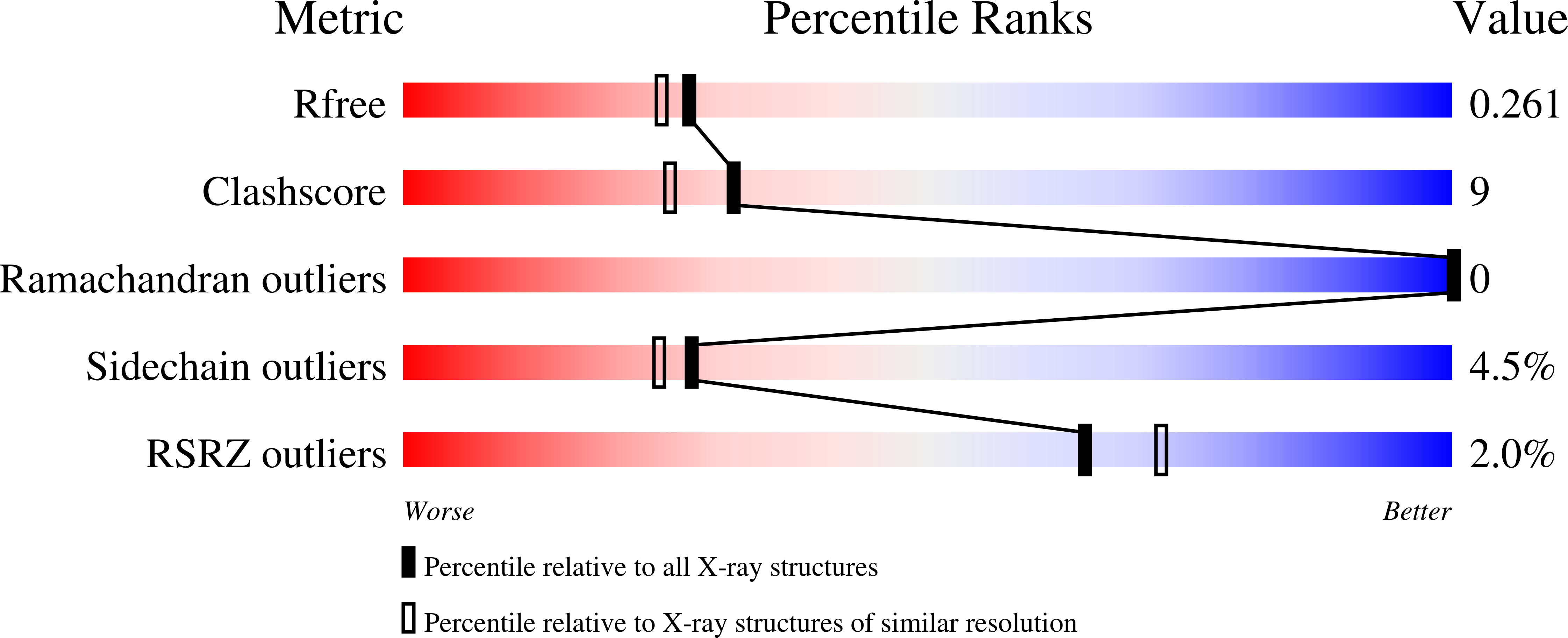
Deposition Date
2008-09-19
Release Date
2009-09-01
Last Version Date
2024-02-21
Entry Detail
PDB ID:
3EKP
Keywords:
Title:
Crystal Structure of the inhibitor Amprenavir (APV) in complex with a multi-drug resistant HIV-1 protease variant (L10I/G48V/I54V/V64I/V82A)Refer: FLAP+ in citation
Biological Source:
Source Organism:
HIV-1 M:B_ARV2/SF2 (Taxon ID: 11685)
Host Organism:
Method Details:
Experimental Method:
Resolution:
2.15 Å
R-Value Free:
0.25
R-Value Work:
0.19
R-Value Observed:
0.19
Space Group:
P 61


